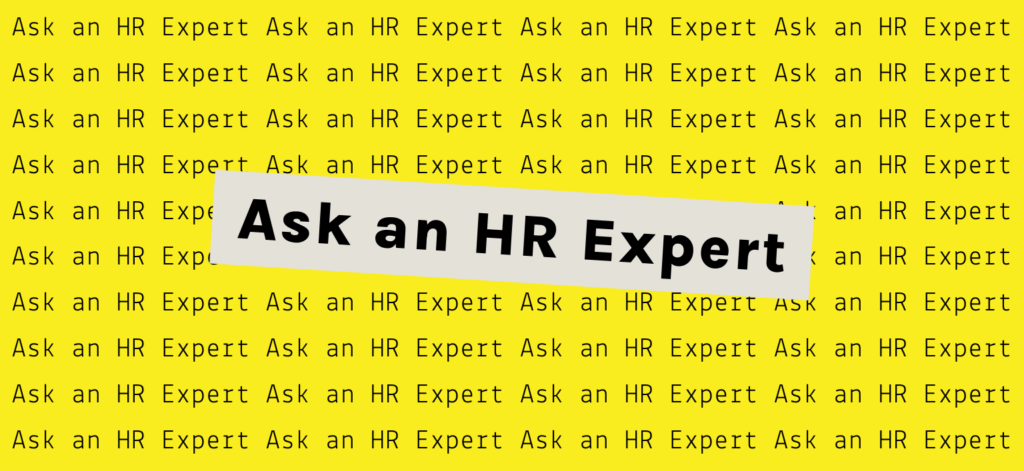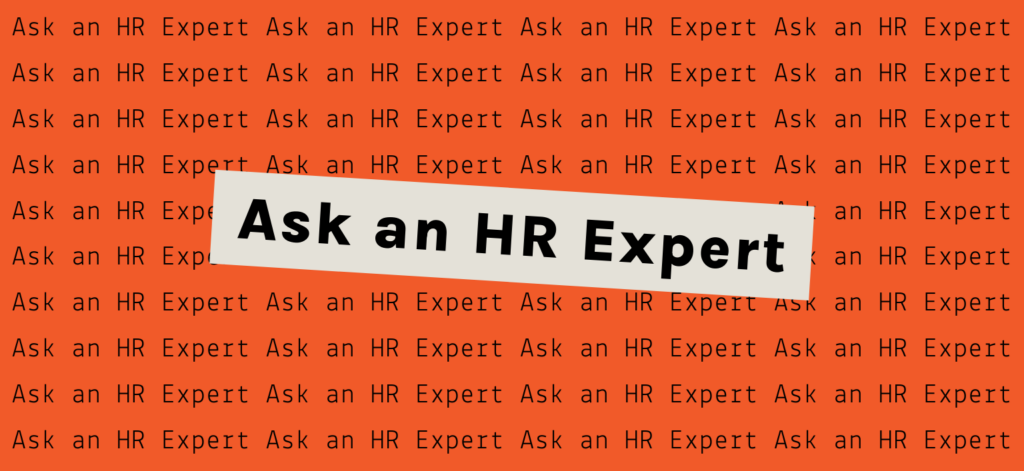For the foreseeable future, and maybe forever, many knowledge economy jobs will be remote. As the economy starts to gradually reopen and recover, we imagine that there will be a hiring boom and that many new employees will start in their roles remotely. Even after a vaccine has been developed, it’s very likely that many companies that have had success with remote offices will continue to encourage employees to work remotely (i.e., Twitter, Square).
As many of us experienced, it was challenging to transition to remote work, even if we’d been with our company for years. Panicked emails about forwarding phones and crushing Zoom fatigue certainly proved that it takes planning and patience to make sure things run as smoothly in a remote office setting as they seem to do in real offices.
So, how do we ensure that new team members can join in successfully and feel welcome, without any preexisting familiarity with the office, culture, or team? How can we make sure that we not only set them up for success with a new laptop, but also engage them fully in the company?
Here are four ideas we crowdsourced from our internal team:
1. Prior Planning Prevents Poor Performance
You may have heard some variation on this, but planning is key to remote onboarding success. As soon as you send out the offer letter — and potentially as soon as you see the need for the hire — your company should be plotting out the logistics of the hire. For example, the tech and material needs of the employee — laptop or dock, mouse, keyboard, standing desk, company cellphone, etc. — should be delivered ASAP so the employee has a chance to set up their new work station. This will involve a conversation with the new employee about their preferred set-up and space, as well as any ergonomic accommodations they might need. This also probably requires connecting them with IT in the days before their start, to help them troubleshoot set-up and security issues.
Prior planning also involves pre-boarding the employee with HR paperwork — their first day shouldn’t be bogged down with 27 different HR forms. It also may be time to consider a pivot to an online portal or system like DocuSign, if your company hasn’t already. Bonus idea: start off the relationship on a positive note by also sending a welcome gift or two — maybe some company-branded swag or a thoughtful treat. The little things can go a long way toward making someone feel welcome and cared for.
2. Assemble the Team
Often, it feels like onboarding is only HR’s purview, or a task for the office manager while the “real work” goes on. We encourage you to shift that mentality — a successful onboarding in a remote work environment requires all hands on deck. You hired this new employee because you need them, so you have to ensure you’re setting them up for success.
Think about the people on your team with the key information and insights to welcome your new employee. Certainly, HR is part of that mix, but team managers, IT, other new employees, internal group leads (e.g., ERGs, committees), and other key office players like receptionists and accounting, often have quite a bit of info to add.
One of our favorite methods of integrating a new employee is to set brief meetings with multiple teams so that everyone can explain their role and how it interacts with the new employee’s position. Think of it as virtual shadowing!
It’s important to lay out a clear agenda, and make sure the new hire is a) getting useful information while b) not becoming overwhelmed. It’s a tricky balance, and can take some time, but the payoff in terms of helping a new employee feel like a part of the team from day one are tremendous.
3. Set Expectations (and Create Equity)
One of the hardest things about starting as a new employee is navigating the unwritten codes, communication styles, and expectations in the office. For example, does your team work primarily on email, or are you missing everything if you’re not on Slack? Does management value response time or work product more? How do people with kids work around childcare issues? What are the unwritten expectations around vacations, leaves, and clocking out? Who should you go to for issues with coworkers? What are you expected to figure out yourself, and what types of questions are encouraged?
Since so many of these things, which make up the office “culture,” are not written down, imagine how much more challenging it is for a remote employee, who isn’t able to observe or ask a discreet question to a friendly-seeming coworker as they integrate into the team.
The best, most valuable thing you can do is communicate as many of those unwritten, unspoken expectations as possible. At the very least, think long and hard about the core values and communication styles at your office and how you would explain them to a new employee. And, try to write them down so they become a tangible part of your onboarding process.
By doing this, you will create more equity in your office. If you make your culture explicit, then new employees will know how to operate successfully within your team and also know what to do if they are meeting expectations, but aren’t being treated equitably.
This can take many forms, but some of the things we do internally: have “culture keepers” who have conversations with new employees about Boly:Welch’s history, how we have traditionally done certain business things, and fun office traditions. They also tell stories that exemplify our values. We also have an onboarding presentation that discusses who and where to go to for questions. We have several internal committees, including a sub-Welcome Committee, that pairs new employees with a buddy and, in pre-COVID days, took them out for an informal lunch or coffee to give them a chance to ask questions, and to introduce them to the team in fun ways (think donuts and questionnaires). We also give out a digital copy of our handbook, a “glossary” of terms for our industry, and compile a huge list of internal presentations and articles on our shared drive, organized to help new employees explore and learn about the company.
4. Make It An Ongoing Process
The difference between orientation and onboarding can be a bit murky, and many organizations seem to think that if you’ve got a login and signed your I-9, onboarding is complete. We focus on making onboarding an ongoing process, rather than a one and done.
Although the first few days should absolutely focus on orienting the new employee, giving them the information they need, and introducing them to the company, their team, and their role, the ultimate goal should be to get them included and feeling productive as soon as possible.
Have a project or some tasks for them to complete within their first couple days and weeks of work. Schedule regular meetings out for several months with their managers to check in, give feedback, and assign new work. Include them in as many relevant meetings as possible (although watch that Zoom fatigue!). Throw a virtual happy hour so the team can get to know them and vice-versa. Think of regular, consistent, scheduled ways for giving feedback and having dialogues. Have a point person or two in charge of checking in and seeing how things are going, as well as giving the new employee a chance to ask questions.
Although a lot of companies focus on the first 90 days, typically, an employee takes about six months (some sources say one to two years!) before they become fully productive. It’s really important to invest time and energy in the process.
If you’re ever questioning whether nailing onboarding is worth the effort, remember that onboarding is directly linked to retention. As onboarding expert Kristen Gallagher of Edify states: “In general, people leave a new job between 12 and 16 months not because of a poor fit or a bad manager. They leave because they’re not feeling connected to the company, department, and team culture … [onboarding should] offer a glimpse of what new hires are stepping into: a long-term relationship with their teams, departments, and the company mission overall.”




